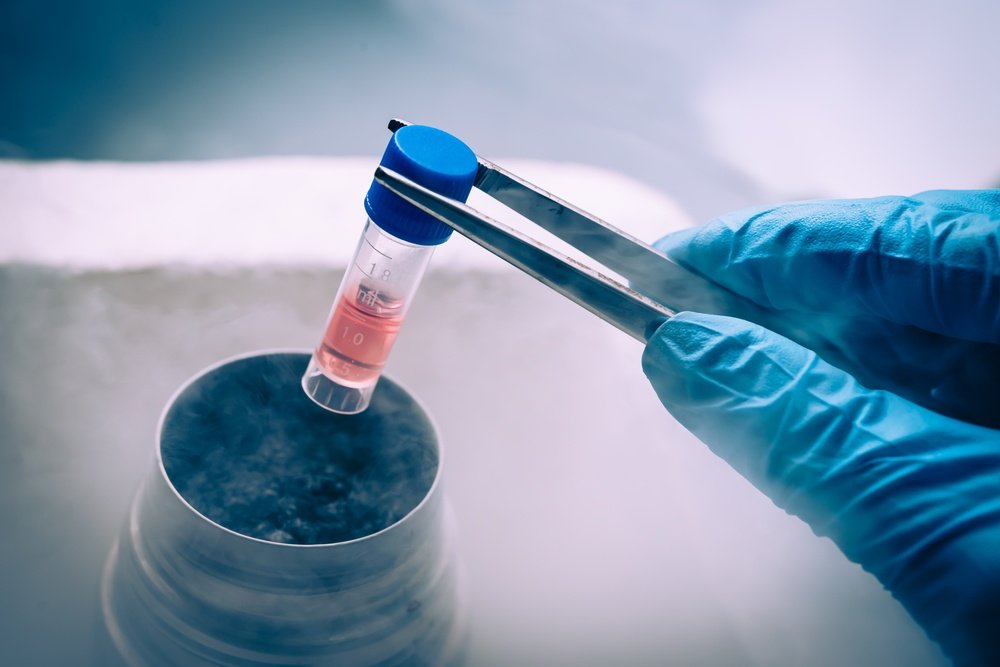Biotech
How stem cells help advance leukemia treatment
Stem cells have been used in successful cancer treatment, particularly in leukemia patients. Here’s how it works.

Stem cells are cells that flow throughout our bodies; they’re in our bone marrow, blood stream and muscle tissue. They’re undifferentiated cells which means they’re able to differentiate into specialized cell types, making them good for transplants and many other things.
Cancer is an abnormal cell that uncontrollably divides which can also lead to a mass formed from the division process also known as a tumor. One form of cancer is leukemia, which attacks a person’s bone marrow and blood. There are two main types of leukemia, chronic and acute. The difference between the two lies in their rates of progression. Chronic means cells aren’t fully developed, therefore they’re unable to fight infection, making it a harder type to cure. Meanwhile, acute cells rapidly multiply and can’t mature. Additionally, persons diagnosed with acute leukemia have to be treated right away due to its rapid multiplying nature. Since the cells are unable to mature, acute leukemia is much easier to control and potentially cure.
What is the relation of the two you may ask? Since stem cells are undifferentiated, they’re able to replace the cancerous cells with good ones. Crazy right? Bone marrow transplants have been used as a treatment for leukemia since 1956. It was performed by Dr. E. Donnall Thomas in Cooperstown, New York. Many medical advancements have been made since then and the process has changed drastically.
Today, giving bone marrow is just as easy as donating blood. For five days prior to the donation, the donor receives injections of filgrastim, which is a medication to help promote the body to produce more blood cells, because that’s where the bone marrow/stem cells are. On the day of the transplant, the donor gets an IV in each arm; the blood leaves from one arm and goes through a machine that separates the blood and useable cells, then the remaining blood gets returned back into the donors other arm. The process takes roughly three to four hours. There is also a surgical procedure to remove bone marrow from the bone itself where the donor gets an anesthetic and doctors use a syringe to take the bone marrow out of the pelvis.
Recovery time for both procedures depend on the donor, but the rough estimate is one to seven days; the donor doesn’t usually have any pain just fatigue. Anyone can be a donor, however, the ideal donor for a leukemia patient is a sibling, preferably a brother in his 30s or a sister who hasn’t given birth.

Bone marrow transplants for leukemia patients have an 86 percent success rate in adults. (Photo by DepositPhotos)
The recipient receiving the bone marrow ideally has a journey that starts roughly nine days before. They take very aggressive rounds of chemotherapy and most times radiation. They do this so that they can kill off all the cells good and bad in the body so that the recipient has no cancerous cells left in the body and the body is impaired from creating new ones.
When the recipient receives the bone marrow, they’re hooked up usually through a Hickman line which is in simple terms a catheter inserted into a vein in their chest. They use a Hickman line because it’s the simplest way for cancer patients to receive their chemotherapy and other necessary drugs and also have blood drawn. What happens is the bag of the donor cells are hung and then connected to the Hickman line, then the bag is gravity fed into the recipient which takes roughly a half hour. After the cells are completely emptied into the recipient, the donor cells take over and differentiate as needed.
Bone marrow transplants for leukemia patients have an 86 percent success rate in adults. Bone marrow or stem cell transplants are used for many other diseases and cancers as well and have outstanding results as it is the most effective treatment.
(Featured image by DepositPhotos)
—
DISCLAIMER: This article expresses my own ideas and opinions. Any information I have shared are from sources that I believe to be reliable and accurate. I did not receive any financial compensation for writing this post, nor do I own any shares in any company I’ve mentioned. I encourage any reader to do their own diligent research first before making any investment decisions.

-

 Africa1 week ago
Africa1 week agoOil Dependence and Economic Resilience: Morocco’s Path to Sustainable Growth
-

 Africa5 days ago
Africa5 days agoBantuHub and L’Archer Group Partner to Invest €1 Million in Congolese Startups
-

 Markets2 weeks ago
Markets2 weeks ago2025 Chaos, Concentration, and the Road to 2026
-

 Business21 hours ago
Business21 hours agoThe TopRanked.io Weekly Digest: What’s Hot in Affiliate Marketing [Super Partners Review]























You must be logged in to post a comment Login